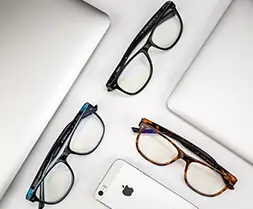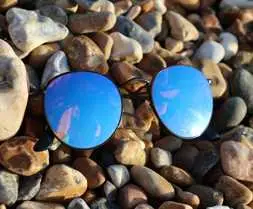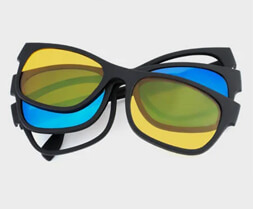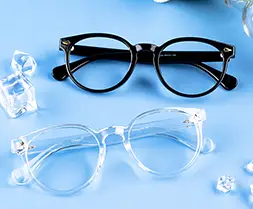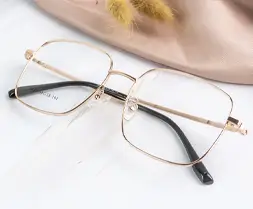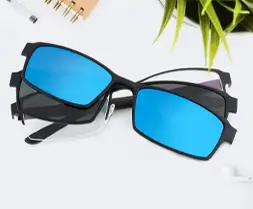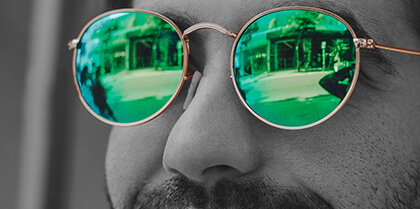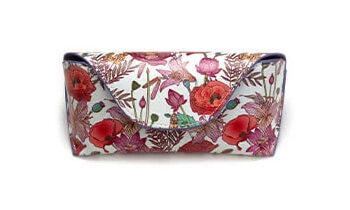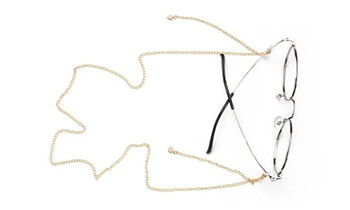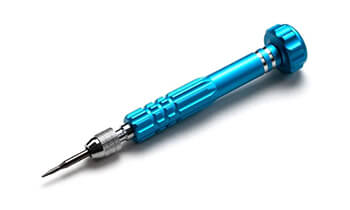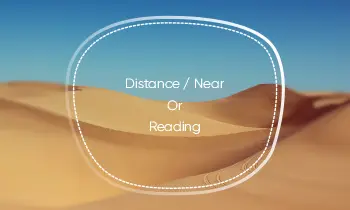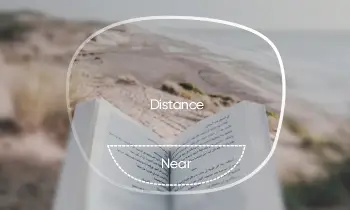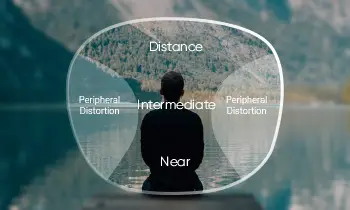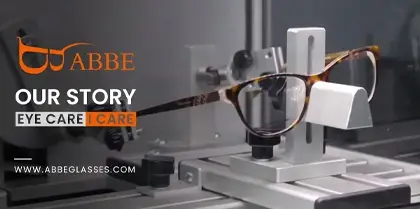
Eyeglass lenses contain various properties, among which the Abbe number (or Abbe value) is an objective measure of how well the lenses disperse light of different wavelengths as it passes through them. Lenses with a low Abbe value have high dispersion, which can lead to significant chromatic aberration - an optical error where colored halos can be seen around objects, especially around lights. When present, chromatic aberration is most visible when viewed through the periphery of the eyeglass lens. It is least noticeable when viewed directly through the central optical area of the lens.
The Abbe values of eyeglass lens materials range from a high of 59 (crown glass) to a low of 30 (polycarbonate). The lower the Abbe number, the more likely the lens material is to cause chromatic aberration. Our regular CR-39 lenses with a refractive index of 1.50 have an Abbe value of 58.
Abbe number is named after the German physicist Ernst Abbe (1840-1905), who defined this useful measure of optical quality.



